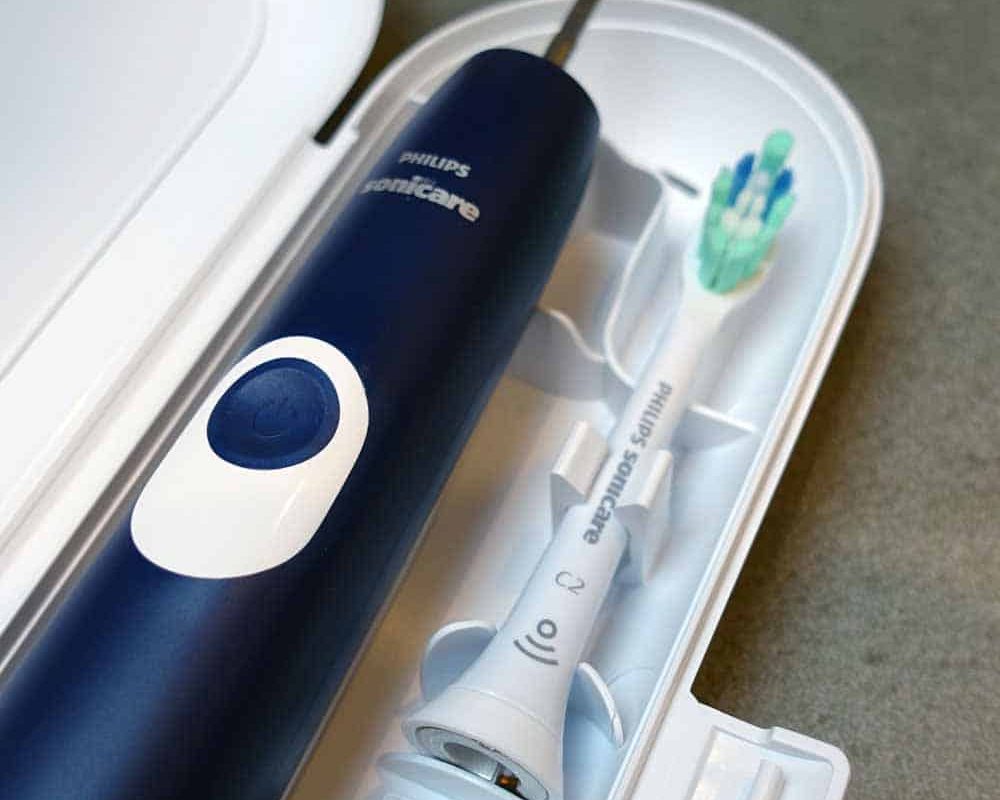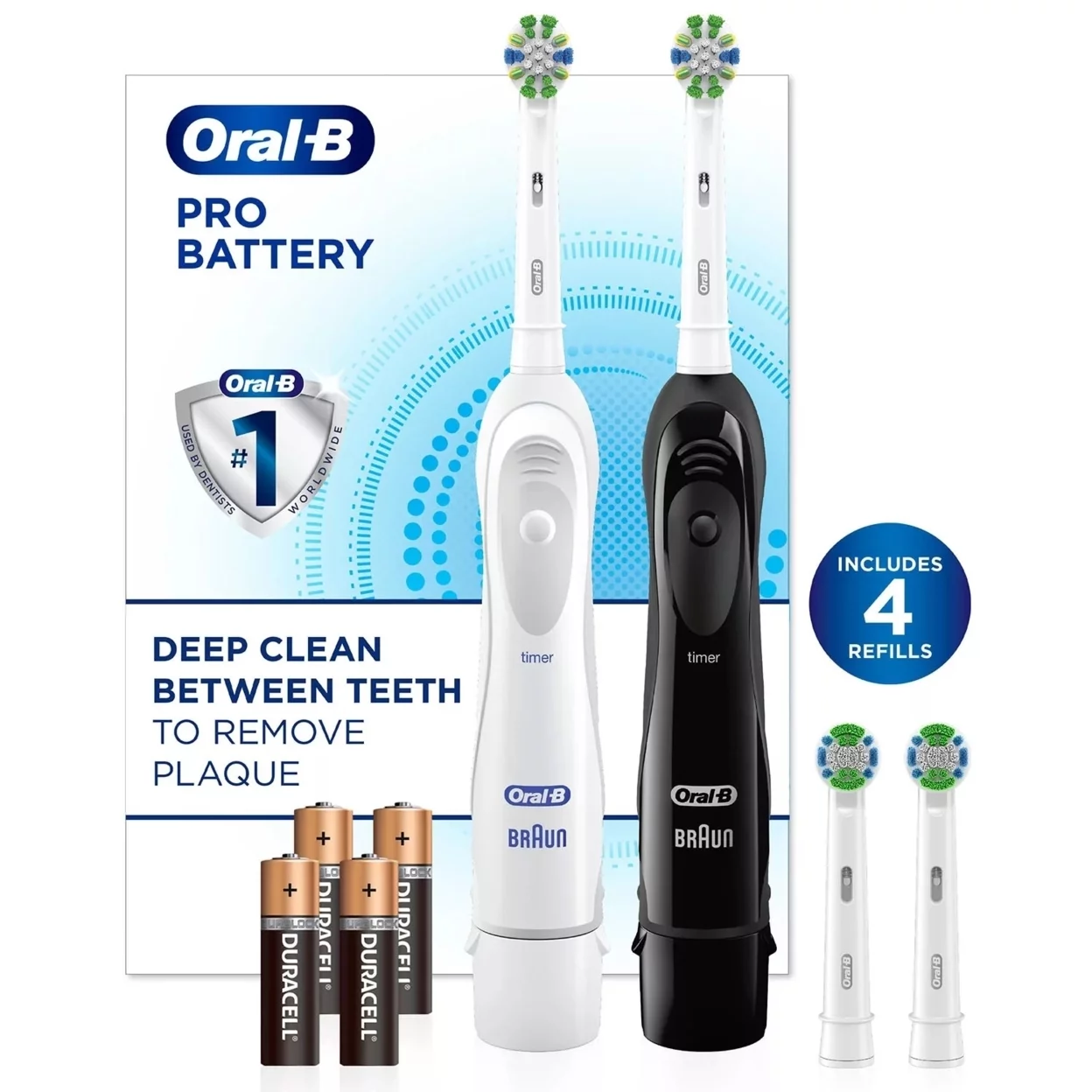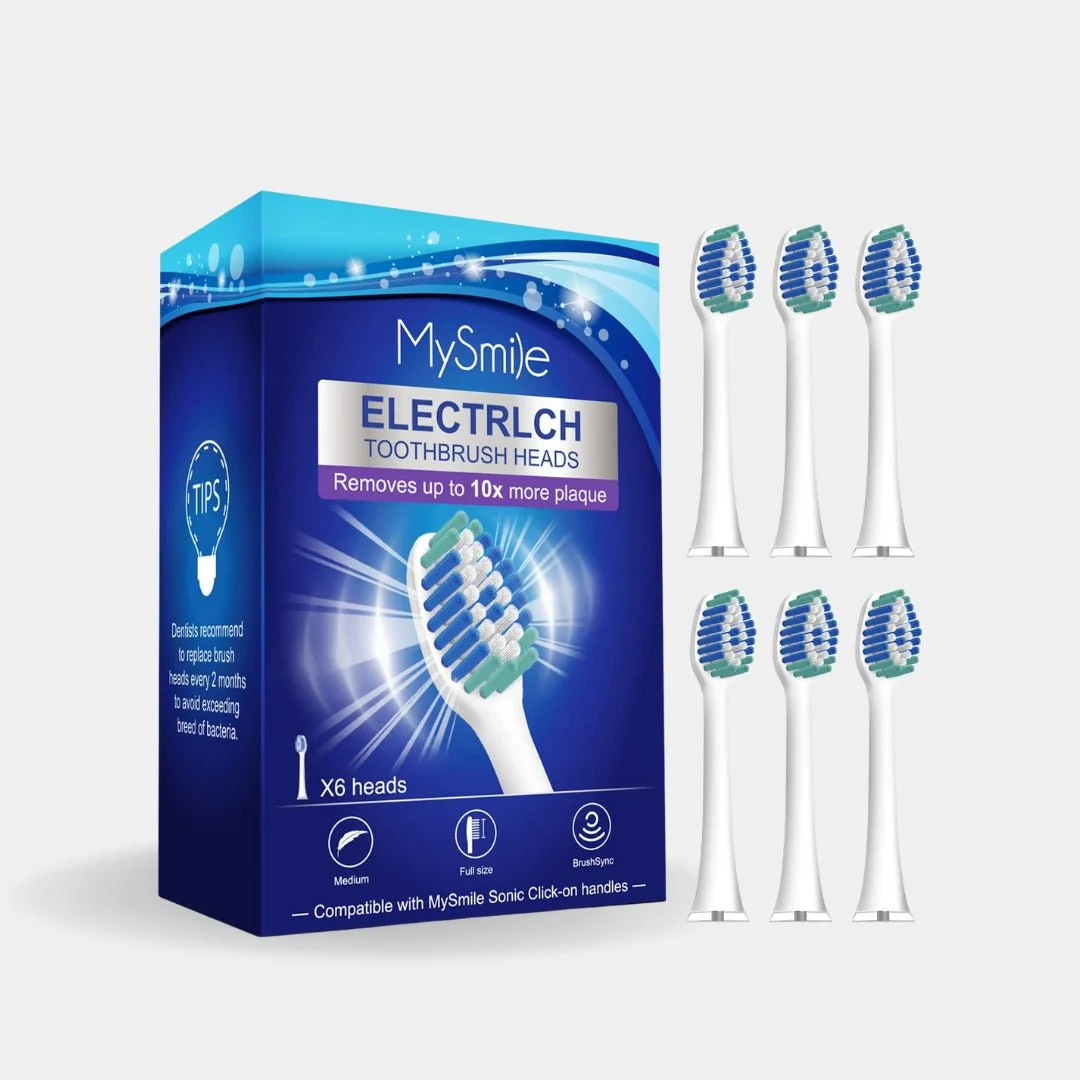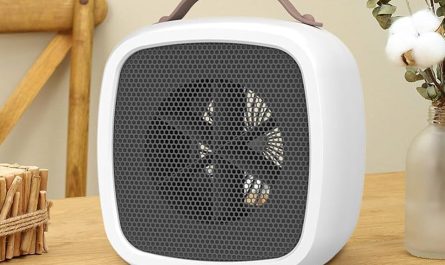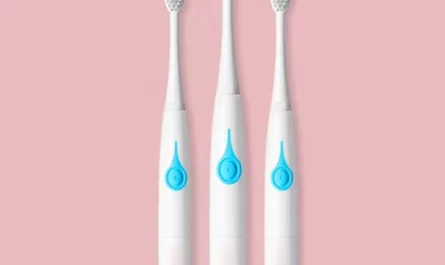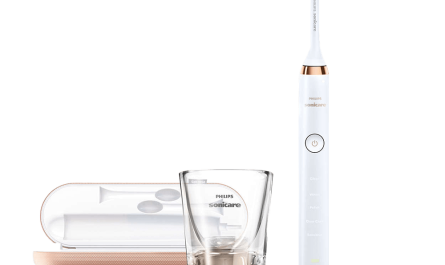Electric toothbrushes have gained immense popularity over the years due to their numerous advantages over manual brushing. However, a significant number of users are left wondering why their electric toothbrush hurts their gums. This article dives deep into the potential reasons, preventive measures, and solutions to help ensure that your dental experience remains comfortable and effective.
The Rise of Electric Toothbrushes
Advantages Over Manual Toothbrushes
Electric toothbrushes can often provide a more effective clean compared to manual toothbrushes. They typically offer features such as built-in timers, pressure sensors, and various modes tailored to specific dental care needs. Studies suggest that electric toothbrushes can reduce plaque and gingivitis more effectively than manual brushing.
Adoption and Popularity
With advances in technology, electric toothbrushes have become a staple in many households. Their ease of use, alongside the perceived superior cleaning ability, has led to their widespread adoption. However, despite these advantages, many users may experience discomfort, particularly in the form of gum pain.
Understanding Gum Pain When Using an Electric Toothbrush
Possible Causes of Gum Pain
Experiencing gum pain when using an electric toothbrush can be frustrating and disconcerting. Understanding potential causes can help in diagnosing the issue and finding a solution. Some possible reasons include:
- Improper Technique: Many users may not know the correct way to use an electric toothbrush. Brushing too hard or at the wrong angle can significantly impact gum health.
- Sensitivity: Some individuals naturally have sensitive gums or existing dental conditions such as periodontal disease, which can make brushing painful.
- Inappropriate Brush Head: Different brush heads come with varying bristle firmness. Using a brush head that’s too firm can aggravate gums.
- Inadequate Brushing Time: Brush timers are included in most electric toothbrushes, but brushing for less time than recommended can lead to incomplete cleaning and gum irritation.
- Not Replacing Brush Heads: Over time, bristles wear down and become less effective. Old or frayed bristles can be harsh on gums, leading to discomfort.
- User Habits: Certain habits, such as gripping the toothbrush too tightly, can cause excess pressure that impacts the gums.
Recognizing the Symptoms
Pain or discomfort in the gums can manifest in various ways. It’s important to pay attention to these symptoms, which can indicate that your electric toothbrush may be contributing to your gum issues:
- Soreness or tenderness in the gums
- Bleeding during or after brushing
- Swelling or redness in gum tissue
- Receding gums, particularly in areas frequently brushed
Proper Brushing Technique
How to Brush with an Electric Toothbrush
To avoid gum pain, mastering the correct technique is essential. Here’s a step-by-step guide:
- Select the Right Brush Head: Choose a brush head that suits your specific needs. For sensitive gums, opt for softer bristles.
- Use a Gentle Approach: Position the brush at a 45-degree angle to your gums. Lightly press the bristles against your teeth and gums, allowing the brush to do the work.
- Be Mindful of Pressure: Let the electric toothbrush’s built-in features guide you, focusing on light pressure rather than pressing down hard. If the toothbrush has a pressure sensor, familiarize yourself with its signals.
- Follow the Timing: Allow the built-in timer or quadrant timer of the electric toothbrush to guide you in spending equal time on all quadrants of the mouth.
- Mind the Zones: Divide your mouth into sections and spend adequate time cleaning each area. Start with the outer surfaces of your teeth, then move to the inner surfaces, and finally focus on chewing surfaces.
Importance of Consistency
Brushing technique doesn’t just apply to the electric toothbrush. It’s necessary to develop a consistent oral hygiene routine that includes flossing and regular dental check-ups. Consistently employing proper brushing techniques helps in preventing gum pain and is vital for overall oral health.
Choosing the Right Electric Toothbrush
Types of Electric Toothbrushes
When selecting an electric toothbrush, consider the following types:
- Rotating toothbrushes: These feature bristles that rotate or oscillate to aid in plaque removal. They are suitable for overall cleaning but may cause gum discomfort if not used correctly.
- Sonic toothbrushes: These use high-frequency vibrations alongside bristle movement for cleaning. While they are generally gentler on the gums, it’s essential to use with care.
- Smart toothbrushes: Equipped with sensors and connectivity features, these brushes offer real-time feedback on your brushing habits, aiming to improve your technique.
Recommendations for Sensitive Gums
If you’ve experienced gum pain, consider the following brands and models, known for being gentle yet effective:
- Oral-B Pro 1000: This toothbrush features a pressure sensor to prevent excessive pressure on gums.
- Philips Sonicare ProtectiveClean: Designed specifically for those with sensitive gums, it has a gentle mode and built-in pressure sensors.
- Waterpik Sonic-Fusion: A 2-in-1 toothbrush and water flosser ideal for improving gum health while providing a soft brushing experience.
Choosing a toothbrush tailored to your specific needs will help minimize discomfort and promote healthier gums.
Professional Help and Treatment Options
When to Visit Your Dentist
If you continue to experience gum pain despite implementing changes to your technique and toothbrush, it might be time to consult your dentist. They can assess your oral health and determine if there’s an underlying issue contributing to your discomfort.
Possible Treatments
Your dentist may recommend several treatment options based on the condition of your gums:
- Scaling and Root Planing: A deep cleaning procedure that removes plaque and tartar from beneath the gum line.
- Gum Grafts: In cases of significant gum recession, grafts may be needed to protect the roots of your teeth.
- Antimicrobial Mouth Rinses: Prescribed rinses can help reduce bacteria and inflammation, promoting healing.
- Changes in Oral Care Regimen: Your dentist may suggest specific techniques, products, or schedules to help you maintain proper oral hygiene without discomfort.
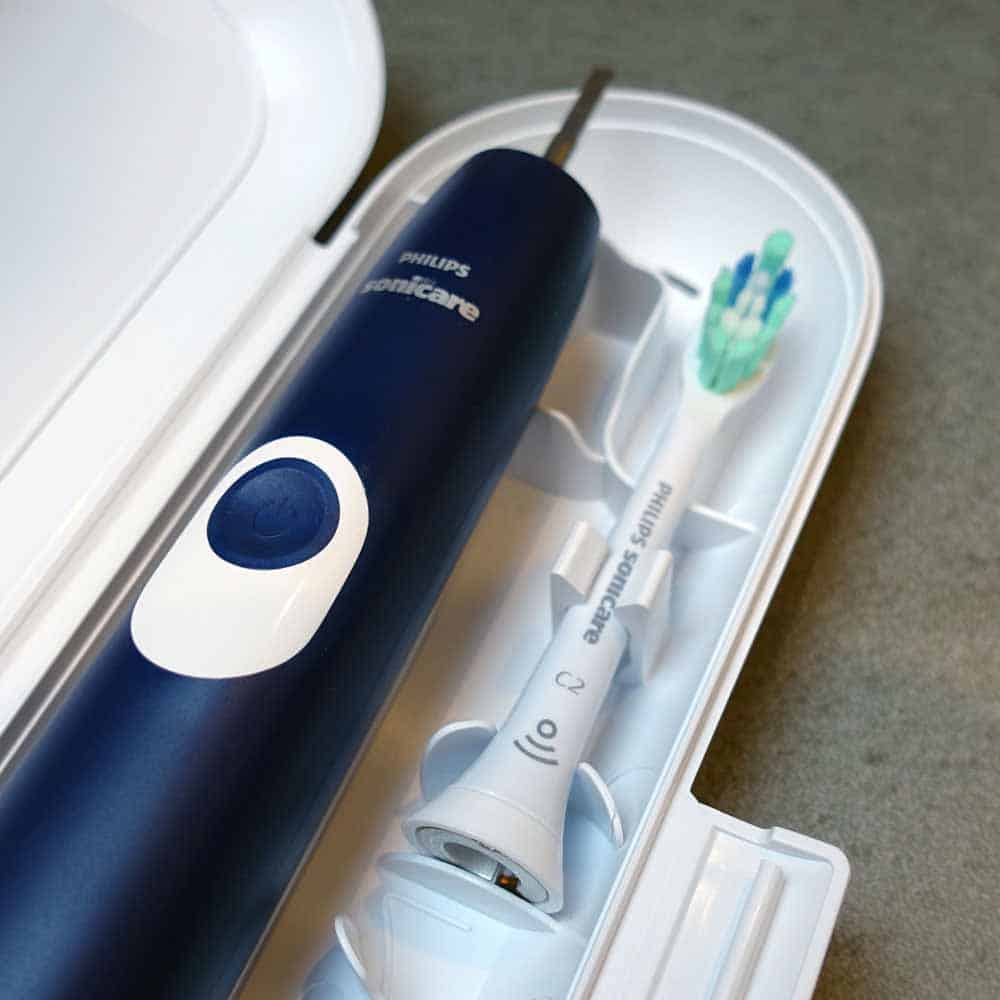 Home Remedies and Natural Solutions
Home Remedies and Natural Solutions
Alleviating Gum Pain
While seeking professional help is essential in severe cases, there are several home remedies to alleviate gum pain:
- Salt Water Rinse: A natural antiseptic, rinsing with warm salt water can soothe irritated gums and reduce inflammation.
- Cold Compress: Applying a cold compress outside the cheek can help reduce swelling and dull pain.
- Chamomile Tea: Known for its anti-inflammatory properties, chamomile tea can be used as a mouth rinse to soothe gum tissues.
- Clove Oil: Clove oil has analgesic properties and can be applied directly to sore gums for relief.
- Honey: Its natural antibacterial properties along with its soothing texture can be beneficial when applied to inflamed gums.
Adjusting Your Diet
A balanced diet also contributes to gum health. Consuming foods high in vitamins C, D, and K can enhance overall oral health and lessen gum sensitivity.
Maintaining Gum Health
Regular Brushing and Flossing
The cornerstone of gum health lies in proper oral hygiene. Brush twice a day and floss daily to remove plaque and food particles that contribute to gum irritation.
Scheduled Dental Check-ups
Visiting your dentist every six months allows for professional cleanings and assessments. Early detection of gum disease is crucial for effective treatment.
Lifestyle Choices
Avoid habits that may worsen gum health, such as smoking or excessive alcohol consumption. Both can contribute to gum disease and overall oral issues.
Conclusion: Prioritizing Your Oral Health
Experiencing discomfort, such as an electric toothbrush hurting your gums, can be alarming, but understanding the causes and solutions can significantly enhance your oral health. Mastering proper brushing techniques, selecting the right tools, and seeking professional advice when necessary are vital steps toward maintaining a healthy mouth. Don’t hesitate to reach out to your dentist for personalized guidance along your journey to optimal dental care. Prioritizing your oral health not only contributes to improved gum condition but also elevates your overall well-being.

